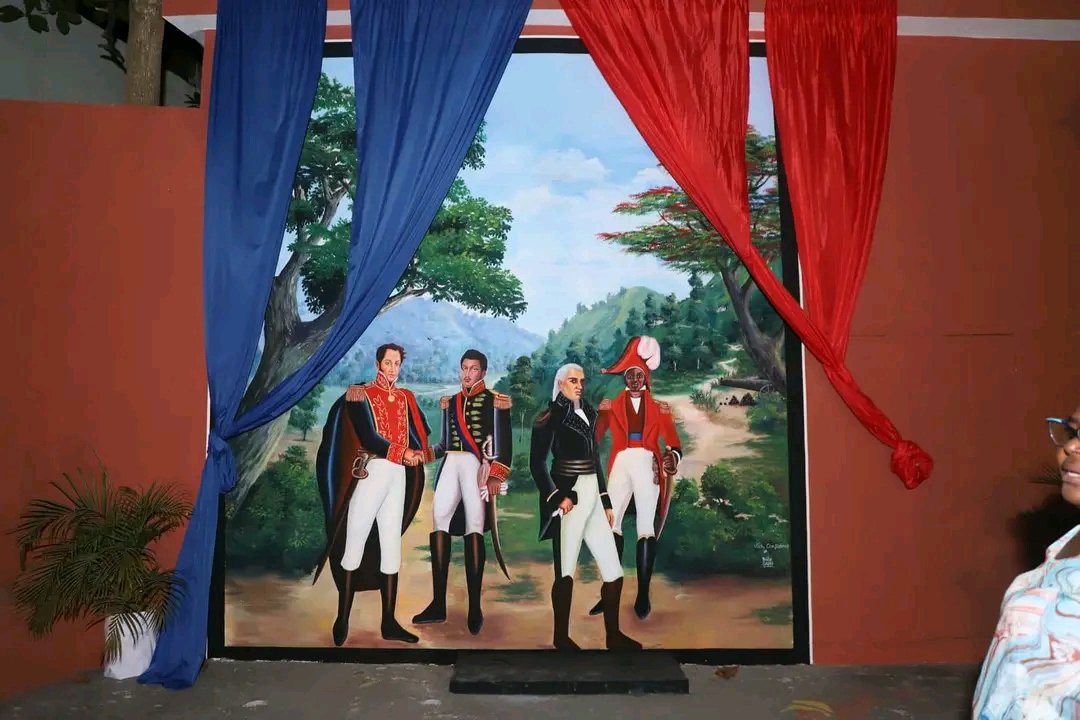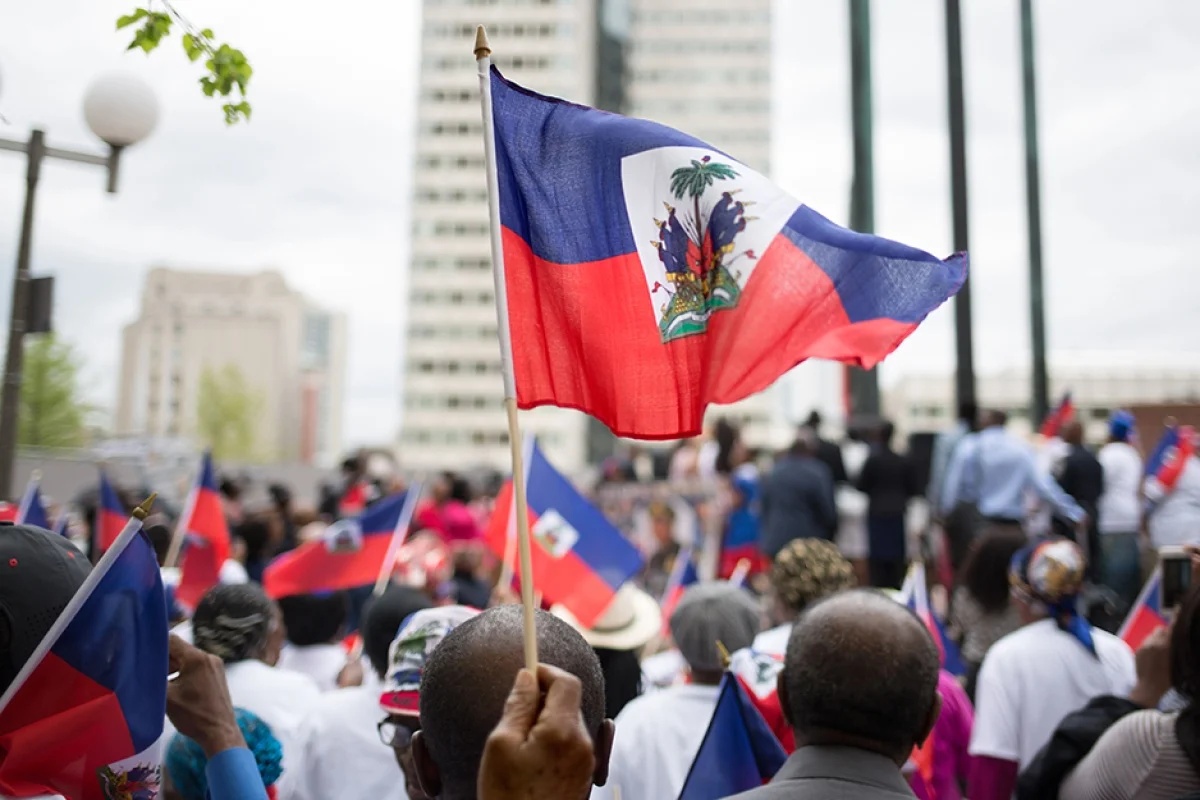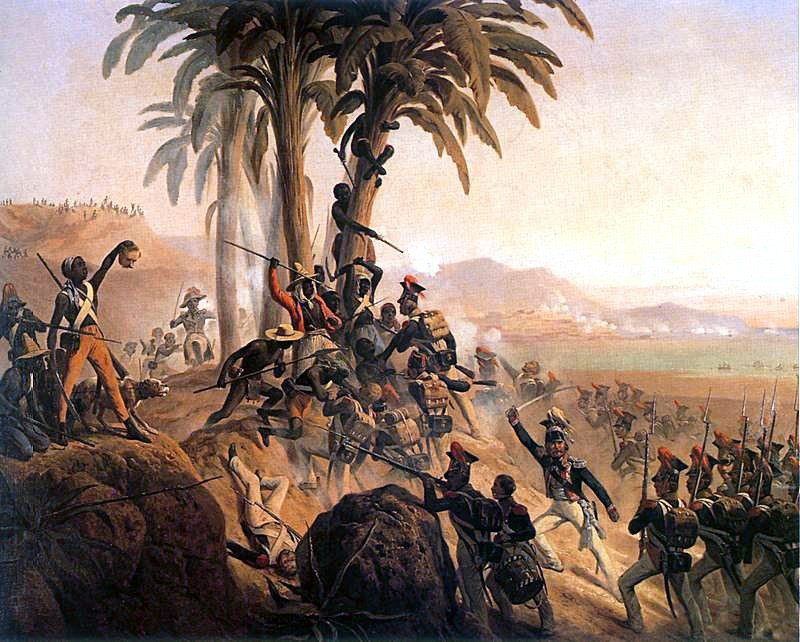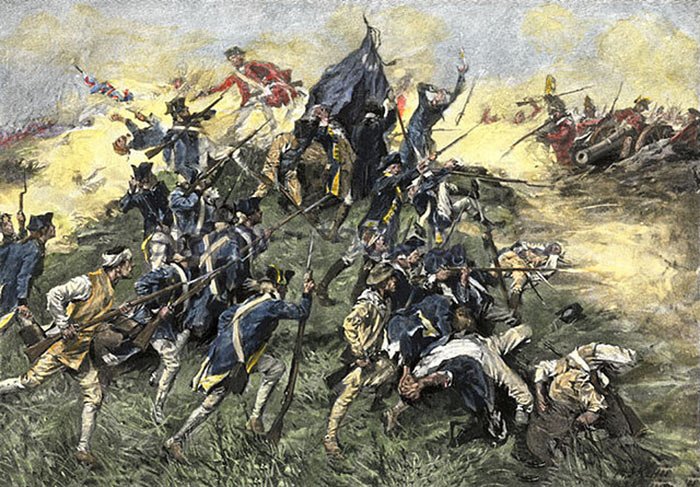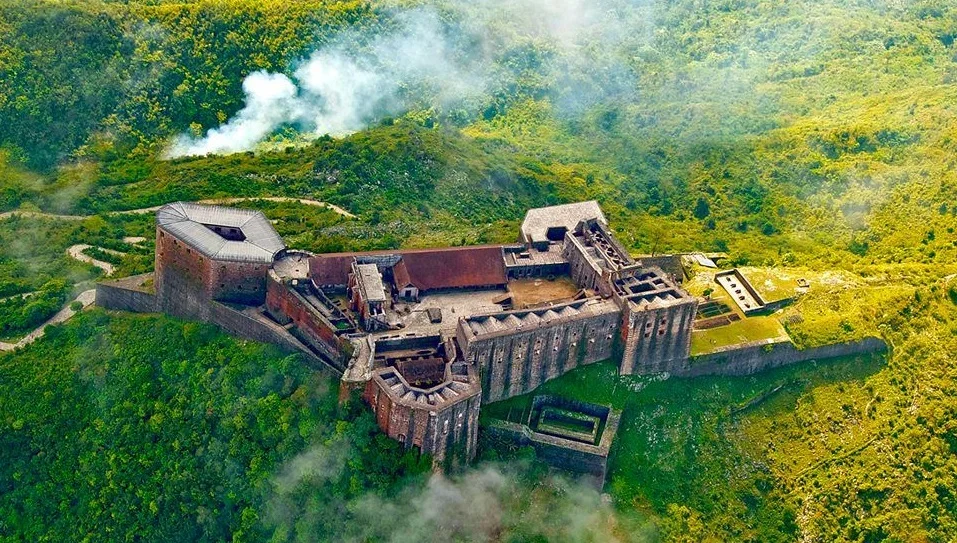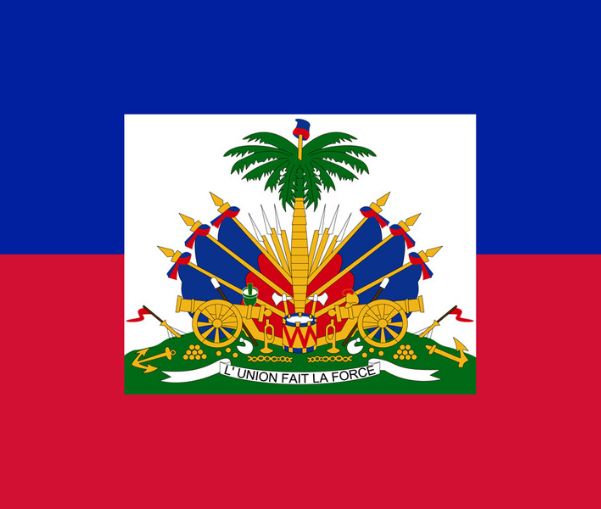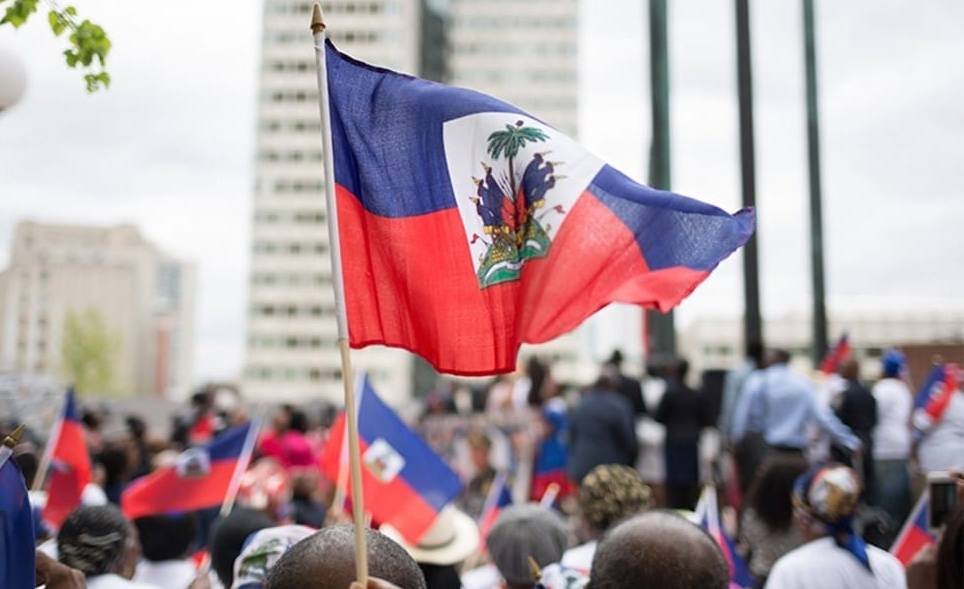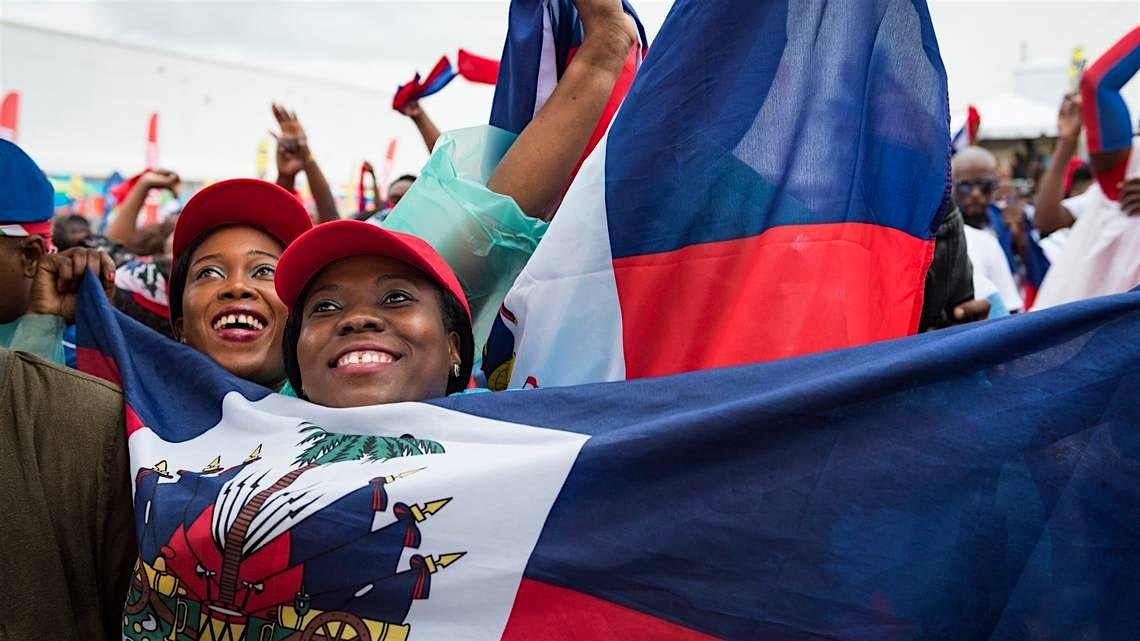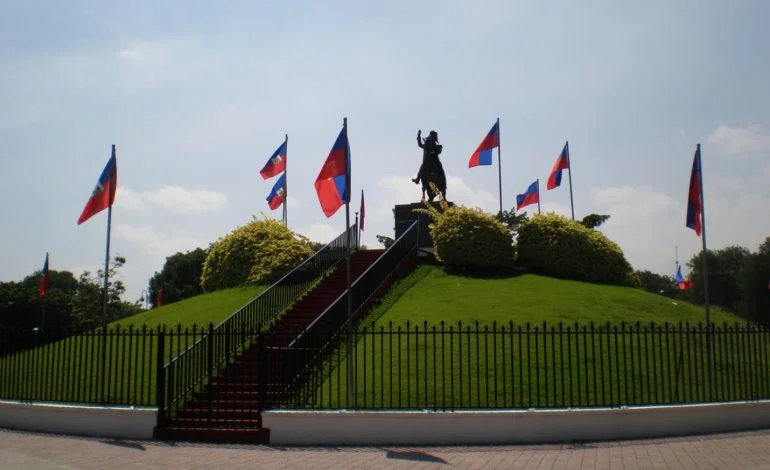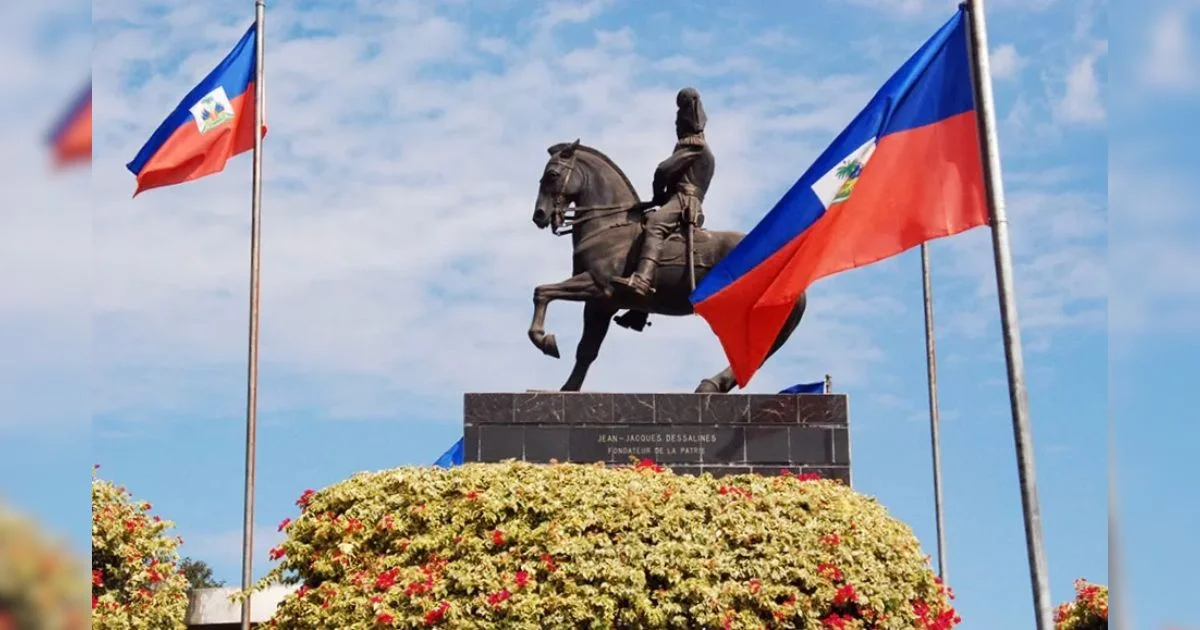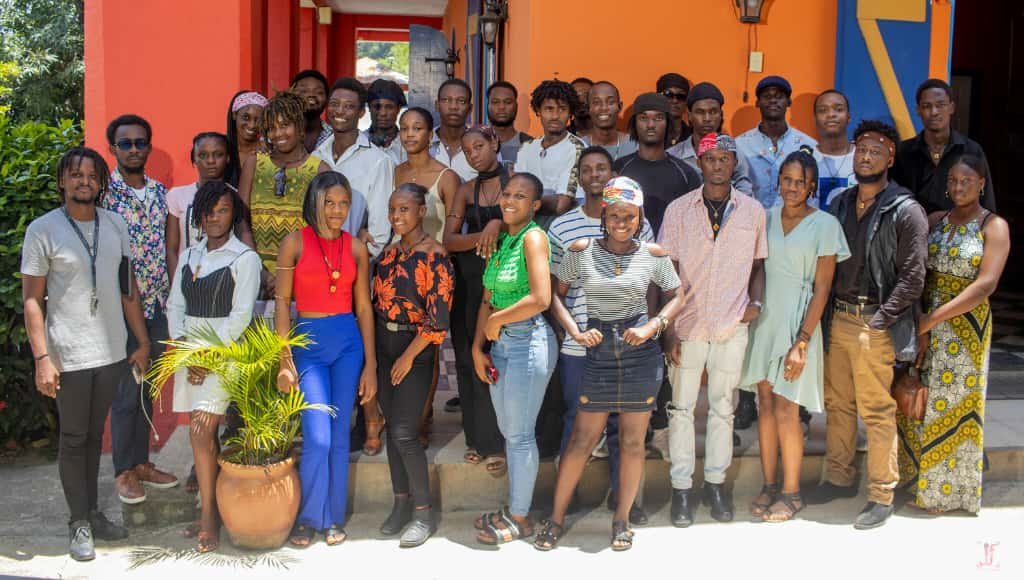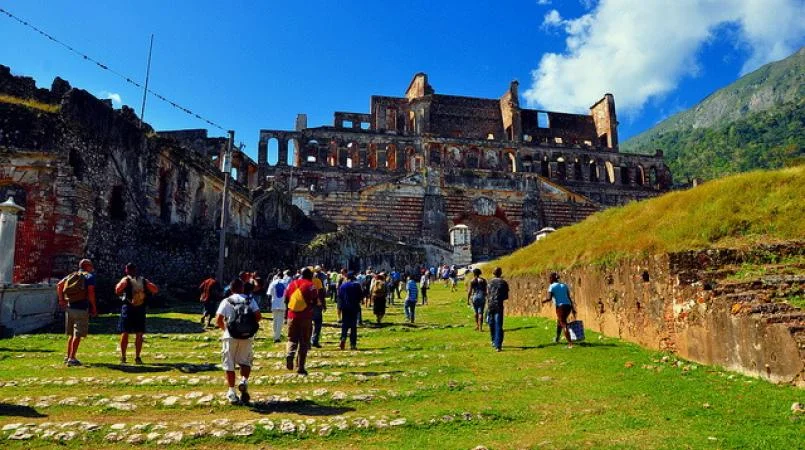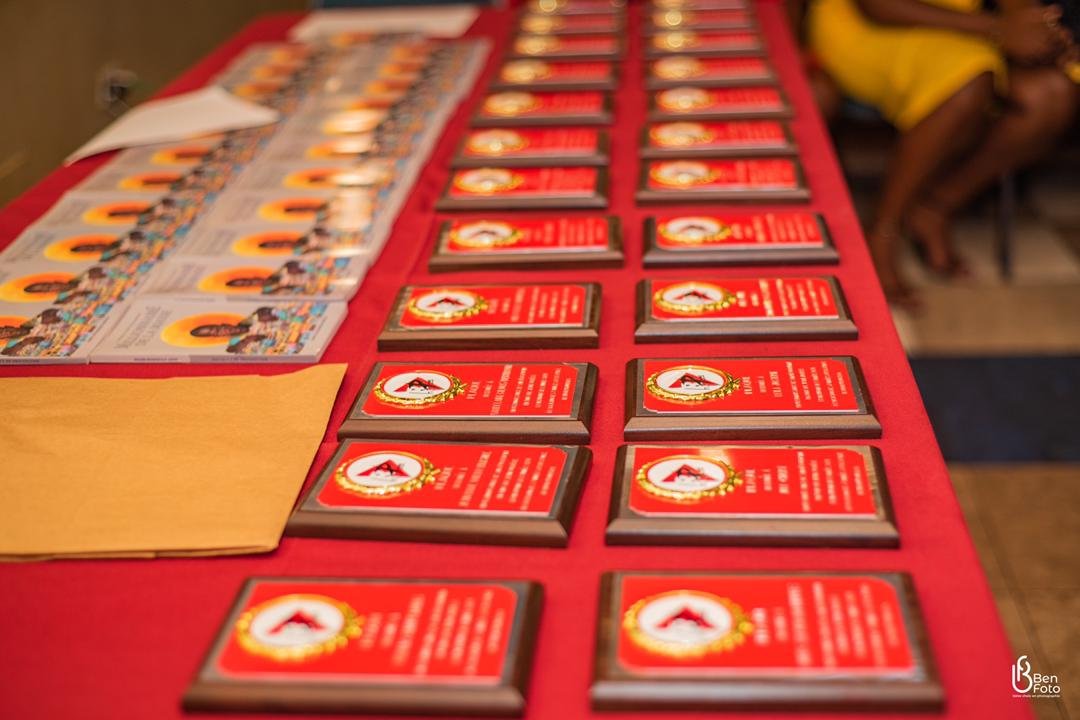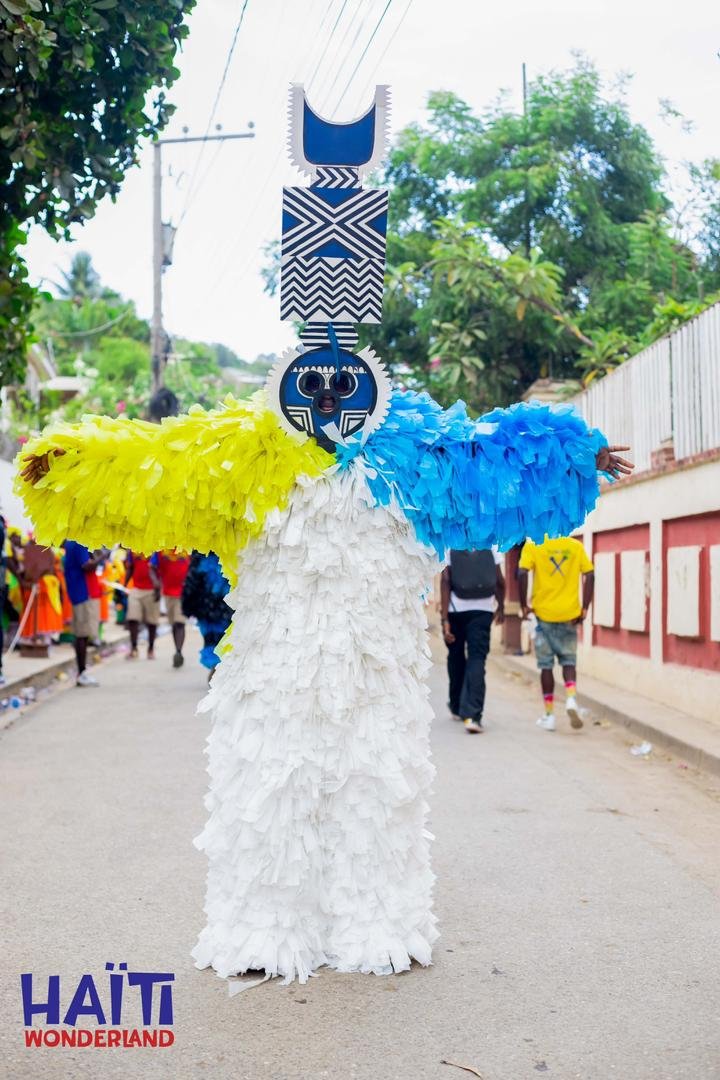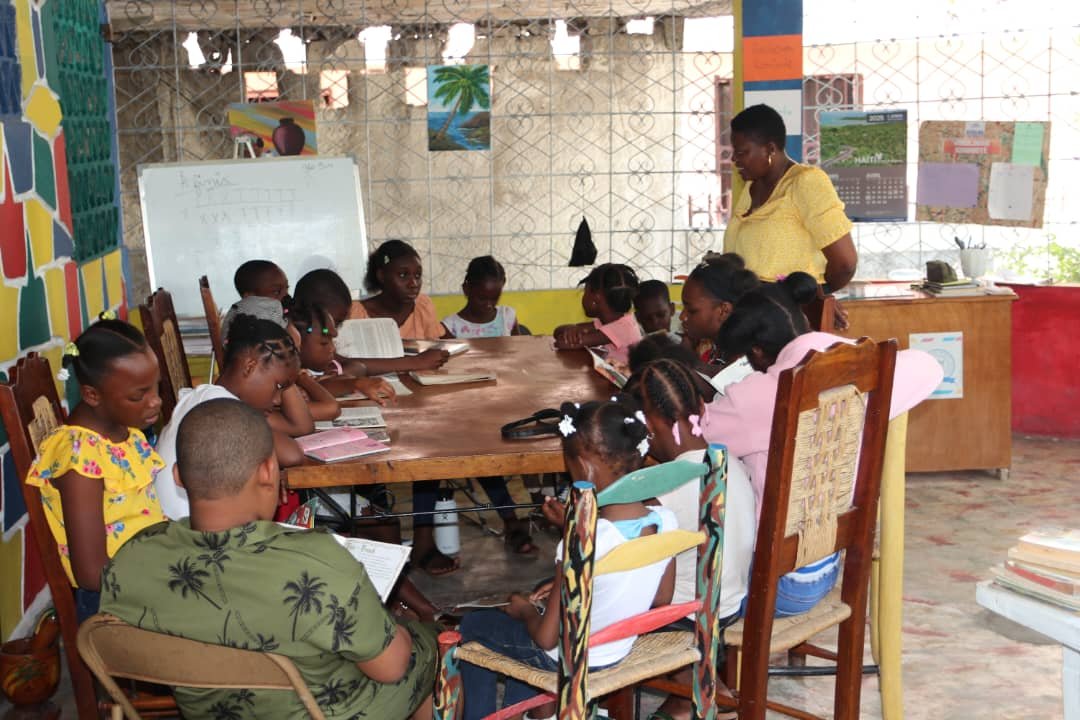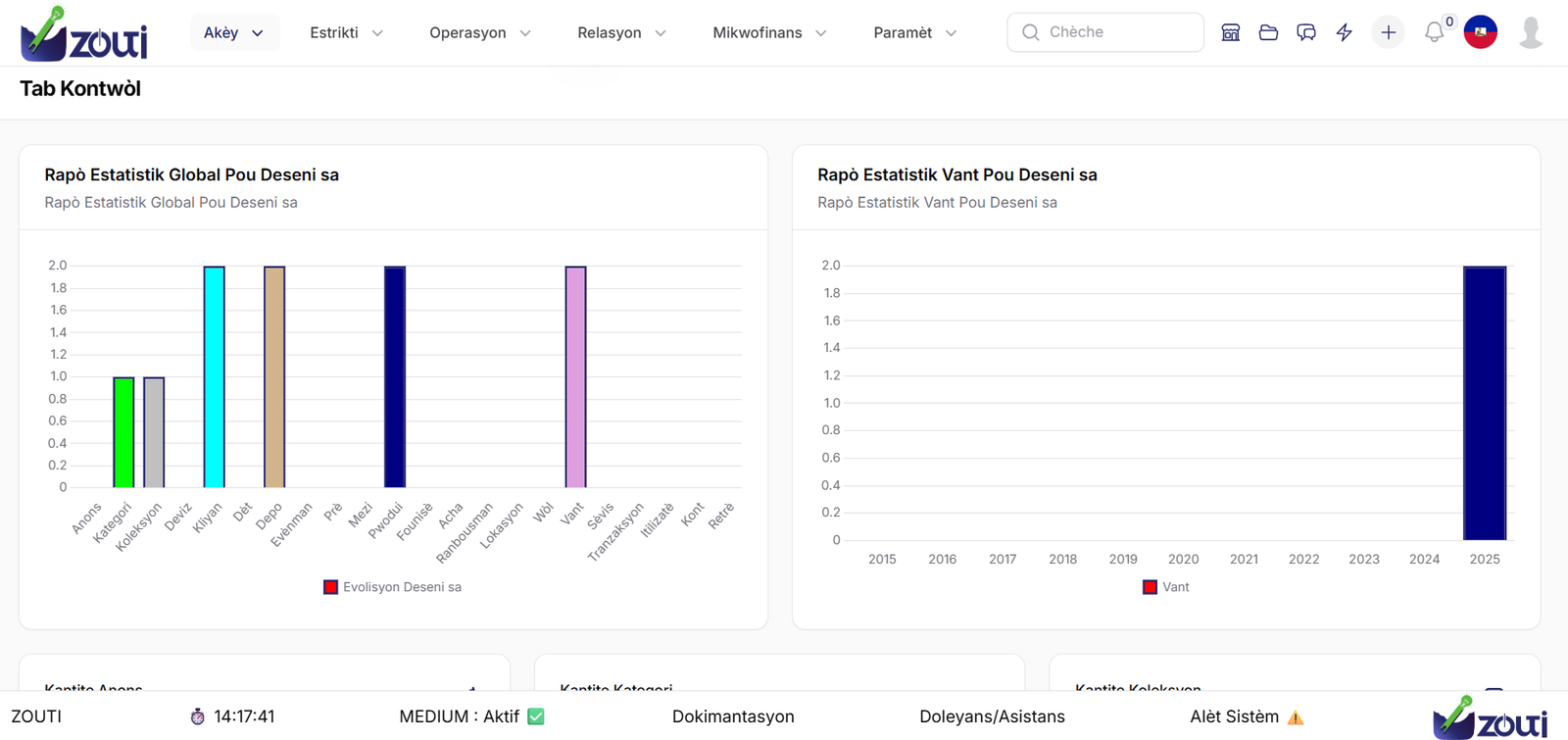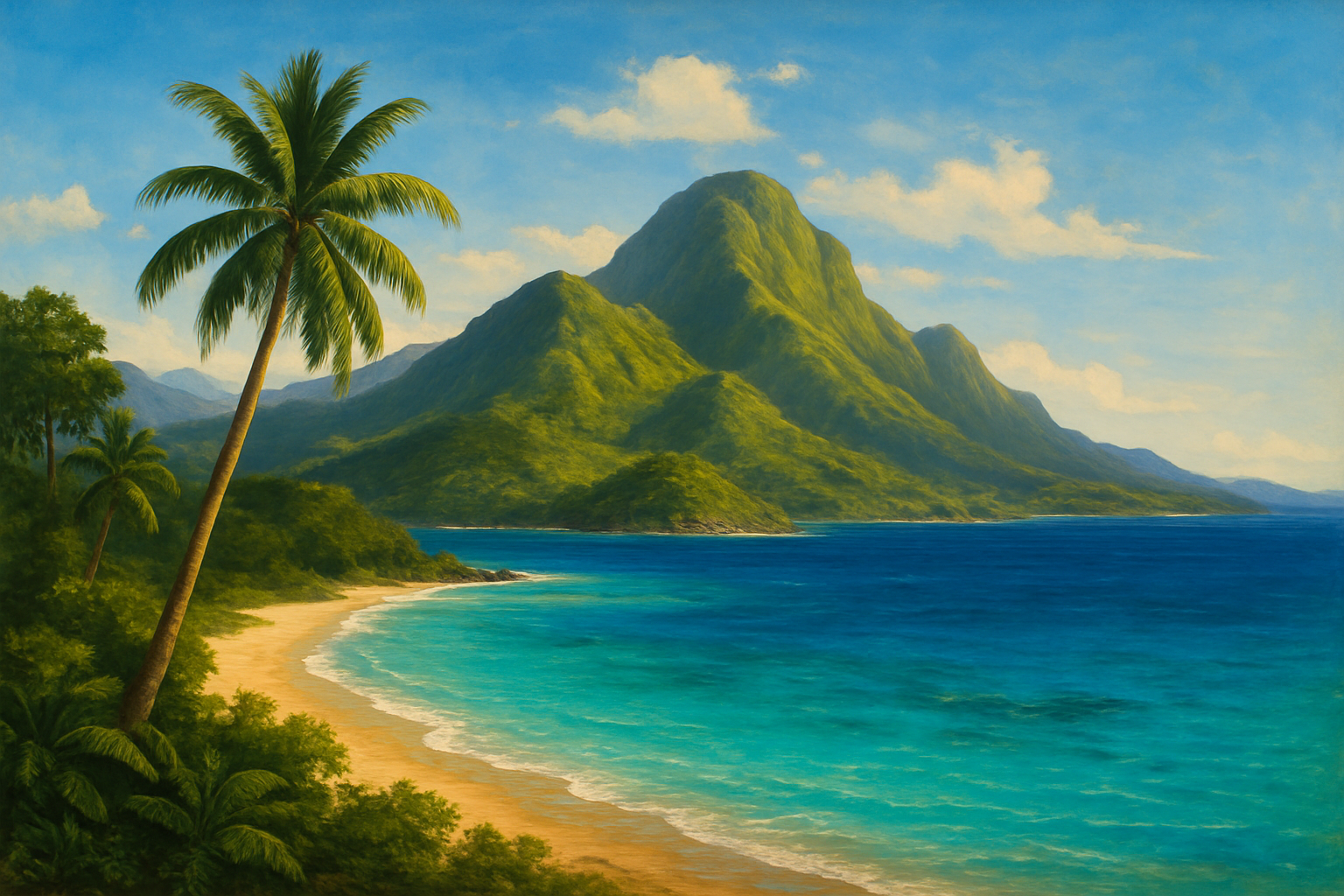Haïti / Ganthier : Je te laisse entrer, une Ode aux relations modernes par Igens VIL
Le sens de l’essence d’amour La commune du Président Boniface Alexandre et de Martial CELESTIN produit un artiste de talent. Oui, Ganthier se distingue par l’un de ses meilleurs représentants sur la scène internationale. "Je te laisse entrer" est un titre qui met à nu la complexité des relations hétérogènes à travers le monde. Cet opus, à la fois provocateur et touchant, éveille l’esprit, le corps et l’âme. Je suis profondément ému par la manière dont l’artiste Igens VIL, véritable figure emblématique de Ganthier, évoque des émotions intenses et suscite une réflexion sur les enjeux des relations sentimentales contemporaines. Chaque vers de cette composition, coécrite avec Dayvin Kaponda, renferme des messages profonds sur la tolérance envers autrui, nos aspirations et nos ambitions, véritables fondements d’un amour authentique. C’est l’essence même de la vie. Malgré les tumultes du quotidien et les malentendus inévitables dans les relations humaines, il nous rappelle que « dans ma vie, il y a toujours un moi ; j’ai tout essayé. Même s’il faut faire un pas en arrière, je suis prêt à le faire. Et s’il le faut, je me mettrai à genoux ». Le chanteur, qui a passé une grande partie de son adolescence à Galette-Chambon, première section communale de la commune de Ganthier, évolue désormais dans l’industrie musicale française . Il aborde de façon éloquemment et habilement le triangle complexe des relations sentimentales : sacrifice, tolérance et communication. Cette œuvre remarquable mérite d’être entendue partout ; elle inspire foi, réflexion et action. Gensbe, connu sous le nom d’Igens VIL, mérite des récompenses pour cette chanson. Guitariste, chanteur, compositeur et universitaire en France, il incarne un rare mélange de talents pour un jeune Haïtien engagé dans ces domaines exigeants qui requièrent du temps, du sacrifice et beaucoup d’énergie. Aujourd’hui, Gensbe est à son apogée et ne baisse jamais les bras. D’autres morceaux sont en préparation pour vous, chers auditeurs. Abonnez-vous à Gensbe sur YouTube et d’autres plateformes. Il est sans conteste l’un des meilleurs artistes haïtiens parmi les grands noms internationaux. Je te laisse rentrer.












